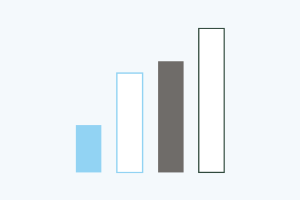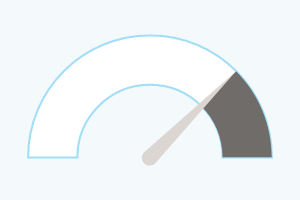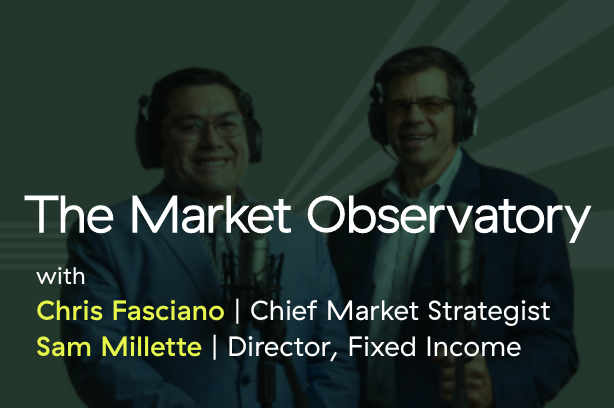My colleague Sam Millette, manager, fixed income on Commonwealth’s Investment Management and Research team, has helped me put together this month’s Market Risk Update. Thanks for the assist, Sam!
Equity markets experienced widespread sell-offs in June due to rising investor concern about slowing economic growth and persistently high levels of inflation. The S&P 500 lost 8.25 percent during the month, while the Dow Jones Industrial Average lost 6.56 percent. The Nasdaq Composite saw the largest decline, as the technology-heavy index was down 8.65 percent in June. The market turbulence capped off a challenging quarter for equities and served as a reminder that real risks remain for markets that should be acknowledged and monitored.













